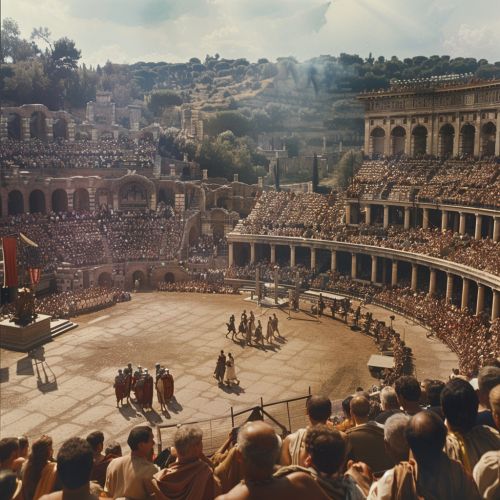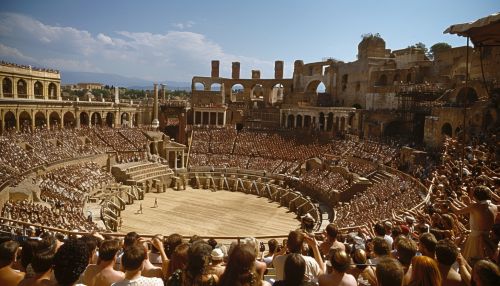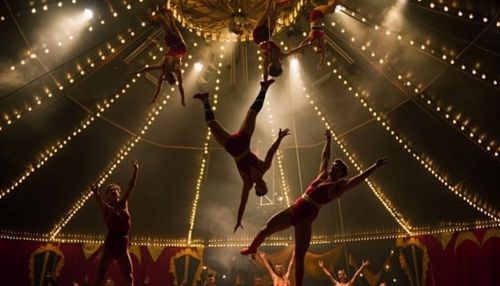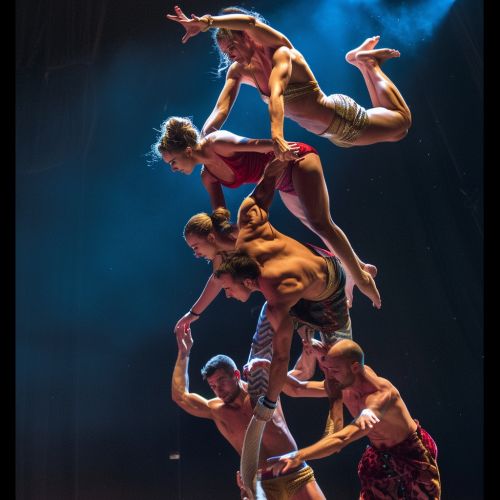Circus
History
The Circus has a rich and varied history, tracing its roots back to the ancient Roman times. The word 'circus' itself is Latin, derived from the Greek word 'kirkos', meaning circle or ring. The first Roman circuses were large, open-air venues used for public events such as chariot races, gladiatorial contests, and theatrical performances. The most famous of these was the Circus Maximus, which could seat up to 250,000 spectators.


Over time, the circus evolved and spread throughout Europe. During the Middle Ages, travelling entertainers would perform juggling, acrobatics, and animal tricks at fairs and markets. The modern circus, as we know it today, began to take shape in the 18th century. In 1768, Englishman Philip Astley, a former cavalry sergeant-major, established the first modern circus. Astley's performances included horse riding tricks, acrobats, jugglers, and clowns.
Performance Art
Circus is a form of performance art that involves a variety of physical disciplines and skills. These can range from acrobatics and juggling to clowning and tightrope walking. Each act requires a high level of physical fitness, skill, and often, years of training.
Acrobatics
Acrobatics is a key component of many circus performances. This can include tumbling, trapeze work, aerial silk performances, and contortion. Acrobats must have a high level of physical strength, flexibility, and balance. They often work in teams, performing complex routines that require precise timing and coordination.


Juggling
Juggling is another common circus skill. This can involve juggling balls, clubs, rings, or other objects. Some jugglers also incorporate elements of comedy or clowning into their act. Juggling requires excellent hand-eye coordination, timing, and concentration.
Clowning
Clowning is a traditional part of the circus, dating back to the earliest days of the modern circus. Clowns use physical comedy, slapstick humor, and visual gags to entertain the audience. They often interact with the audience, creating a sense of fun and spontaneity.
Circus Today
Today, the circus continues to evolve, with new forms and styles emerging. Contemporary circus, or Cirque Nouveau, combines traditional circus skills with theatrical techniques and character-driven narratives. Companies like Cirque du Soleil have popularized this style, creating visually stunning performances that push the boundaries of what is traditionally considered 'circus'.


Circus skills are also being used in new and innovative ways. For example, social circus programs use circus arts as a tool for social change, working with marginalized communities to build confidence, resilience, and social skills. Circus therapy uses circus activities as a form of physical and occupational therapy, helping people with disabilities to improve their motor skills, coordination, and self-esteem.
